During an online alpha playtest for Riot’s upcoming FPS VALORANT that took place last weekend, players got a first-hand look at Riot’s highly-anticipated new shooter.
The VALORANT closed alpha was met with high praise. It featured some of the biggest content creators in gaming, including CouRage, TimTheTatman, and shroud, as well as ESPN journalist Tyler Erzberger.
Several people with knowledge of the playtest spoke to Dot Esports about what they saw and their experience playing the game. Here’s what they told us.
Note: This information comes from the alpha version of VALORANT, so some features could change in the upcoming public beta and the game’s official release.
Agents
Last month, Dot Esports reported that VALORANT has eight playable characters. Riot has now added one more brute to the lineup, taking the total to nine playable agents—but this number will likely increase.
Breach, the ninth character in VALORANT, is similar to Brimstone in appearance with a ginger beard and mustache, according to one playtester.
During the playtest, Breach was one of the most overpowered agents in the game because of his deadly abilities and ultimate, according to several playtesters.
Breach’s “C” ability is called Aftershock, while his “Q,” “E,” abilities are dubbed Flashpoint and Fault Line. Flashpoint is, as the name implies, similar to a Flashbang, while the Fault Line ability is reminiscent of a Stun Grenade, which slows and sways the enemy’s aim.
His ultimate ability, Rolling Thunder, however, caused an outcry among the playtesters because it dealt massive amounts of damage to enemy players.
A few other notes on agents from the playtest:
- Other agents like Viper, Sova, and Sage were highly praised by the playtests. Omen, on the other hand, was considered to be a relatively weak agent because his ultimate ability, From the Shadows, was nerfed and players could hear it easily.
- One tester noted that they could unlock a new agent for free after playing a few matches.
- Contrary to a report from Boop.pl, there hasn’t been any mention of a new agent called Dillion in the alpha test Discord.
- At the start of the playtest, each player had to unlock four agents, with five available to use.
Cosmetics
The cosmetic system in VALORANT is somewhat similar to League of Legends, CS:GO, and Apex Legends.
Although there weren’t any character skins in-game, there were several weapon skins, keychains, and sprays, according to one playtester. The weapon skins are allocated in different sets, which include the same skin for different weapons.
Players can unlock skins through the completion of contracts. These tasks are allocated to agents and grant free cosmetic items when finished.
Ranked Mode
VALORANT will have a similar ranking system to League but will feature different rank titles.
Instead of the Silver, Gold, and Platinum divisions in League, for example, VALORANT will contain eight ranks called Mercenary, Soldier, Veteran, Hero, Legend, Mythic, Immortal, and the highest rank is called VALORANT.
Each rank has three tiers that players progress through to obtain the next tier, similar to League. But the VALORANT tier, which is the highest in the game, doesn’t have three tiers, similar to the Challenger rank in League.
One playtester said that agents were picked on a first-come-first-serve basis in ranked, meaning players who selected the agent and locked them in first were the ones who got to use that agent for the match. Contrary to League, it isn’t possible to ban agents right now since there are only nine available.
Overtime system
Several first-person shooters use an overtime system to ensure each match is actually finished instead of ending in a draw.
In the playtest, VALORANT used a similar system. The match will end after 25 rounds regardless of the scoreline. So if the score is 12-12, the match will move into an overtime round. Whichever team wins that round and gets to 13 first wins the match.
The in-game currency that’s used to buy weapons and abilities is called “creds” and each player is given 5,000 creds at the start of the final round in overtime.
Weapons, Practice Mode, Stretched resolution, and more
- The weapons in VALORANT are strikingly similar to those in CS:GO, according to one playtester. They said that these weapons are somewhat skill-based because scoping impacts the fire rate, meaning that the guns arguably become less useful once aimed-in.
- The practice mode in VALORANT will be used for players looking to hone their skills in a private server. The mode includes a Shooting Range, which is similar to the Aim Botz community map in CS:GO, where players can shoot at random bots indefinitely to practice their aim in-game, according to one playtester.
- Playtesters were given the option to stretch their game by using the 4:3 resolution. It worked somewhat similar to CS:GO but resulted in black bars at the top and bottom of the screen, according to one playtester.
- Players can press “M” to bring up the map in VALORANT, similar to pressing “CTRL” in CS:GO. Riot attempted to place location names on the map but this feature was bugged during the playtest.
- The ping system is split between different types like League. For example, players could use a Danger Ping to signal an area that contains enemies. Players who have been eliminated can still use the ping system on the map. There was one instance in which a dead player pinged the Spike for a teammate after it got lost in a smoke.
- The Spike defusal timer doesn’t get reset like in CS:GO. Instead, once the Spike has been defused at least halfway, players can exit the animation and re-enter to the halfway point rather than start from the beginning.
- Finally, there are custom servers in VALORANT, which function as a private match between 10 players.
Players will be able to get their first glimpse at VALORANT in the upcoming closed beta, which will be available to the public.


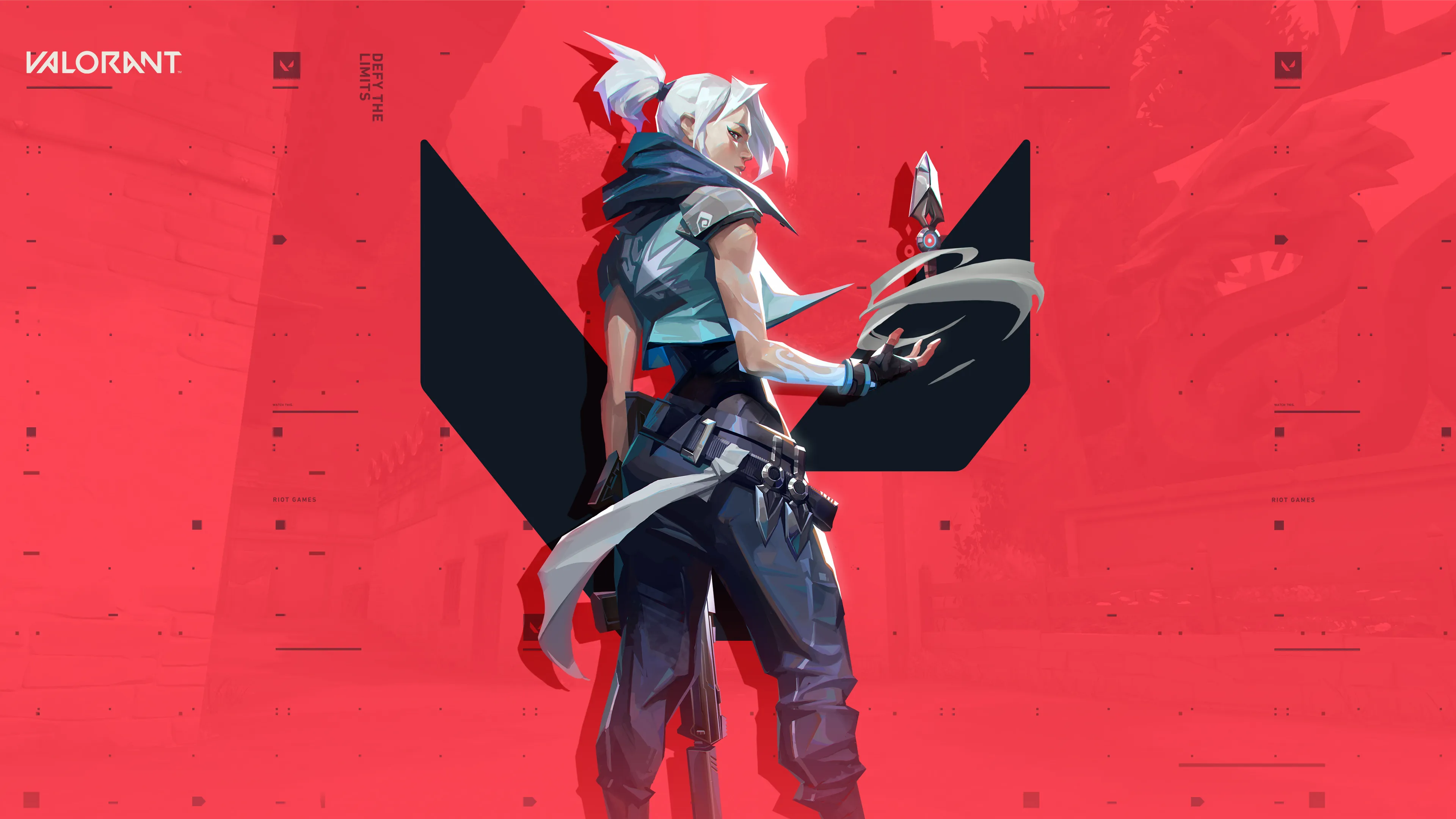

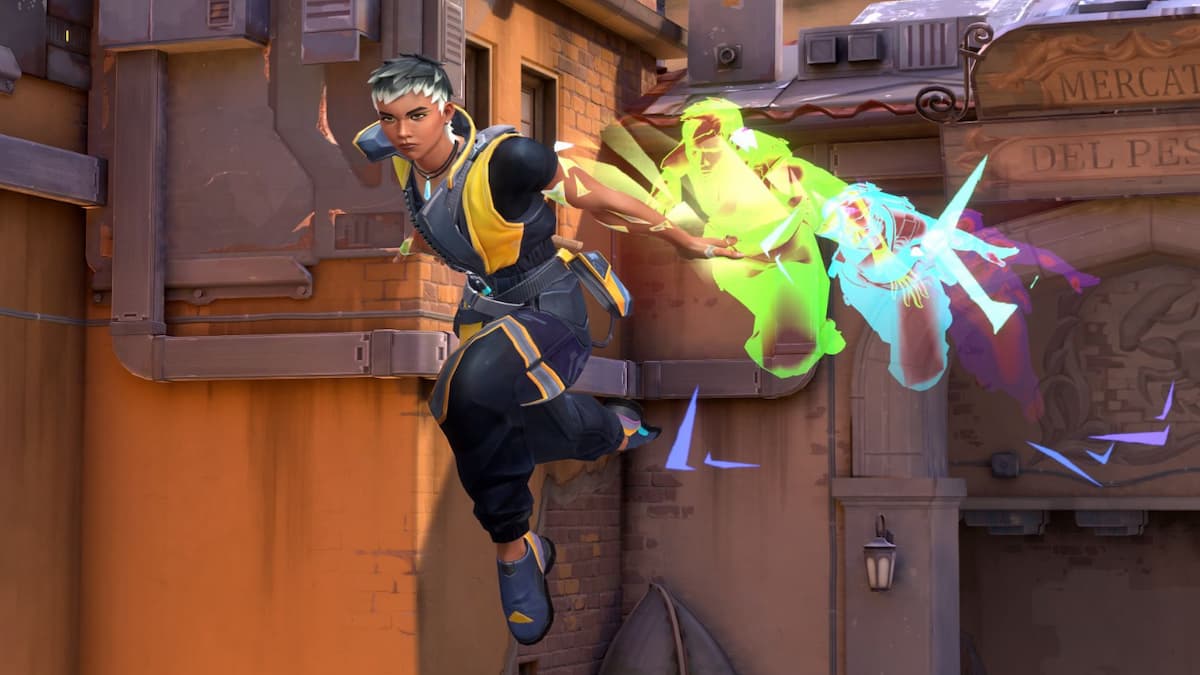

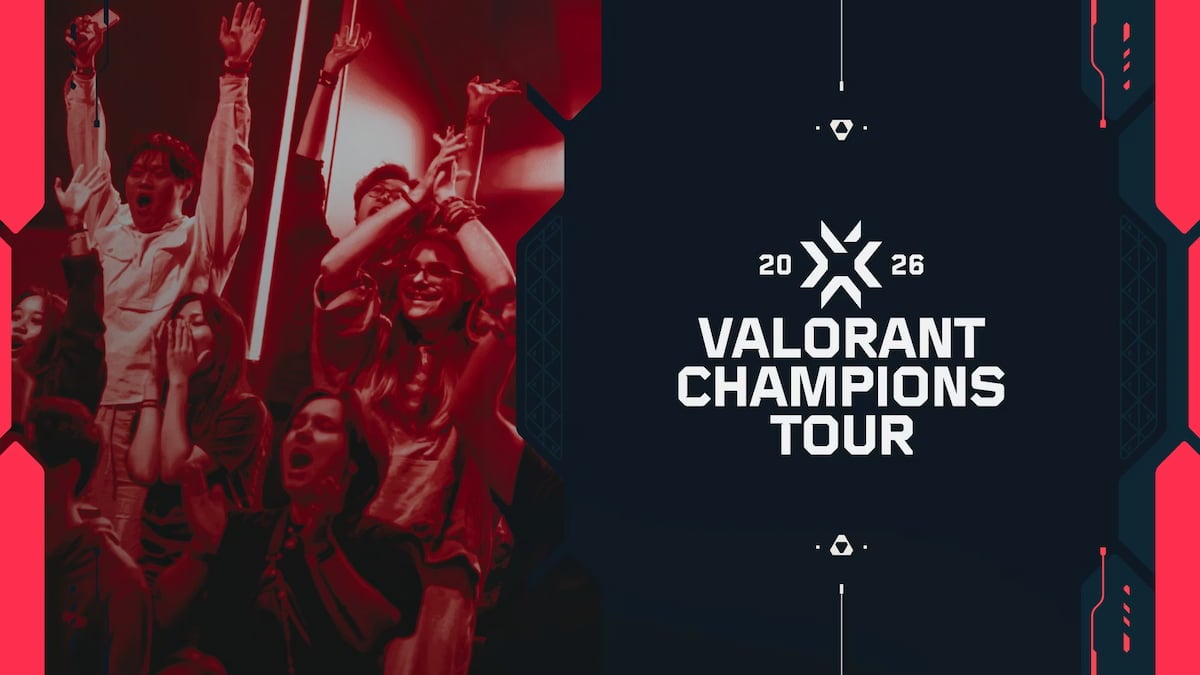
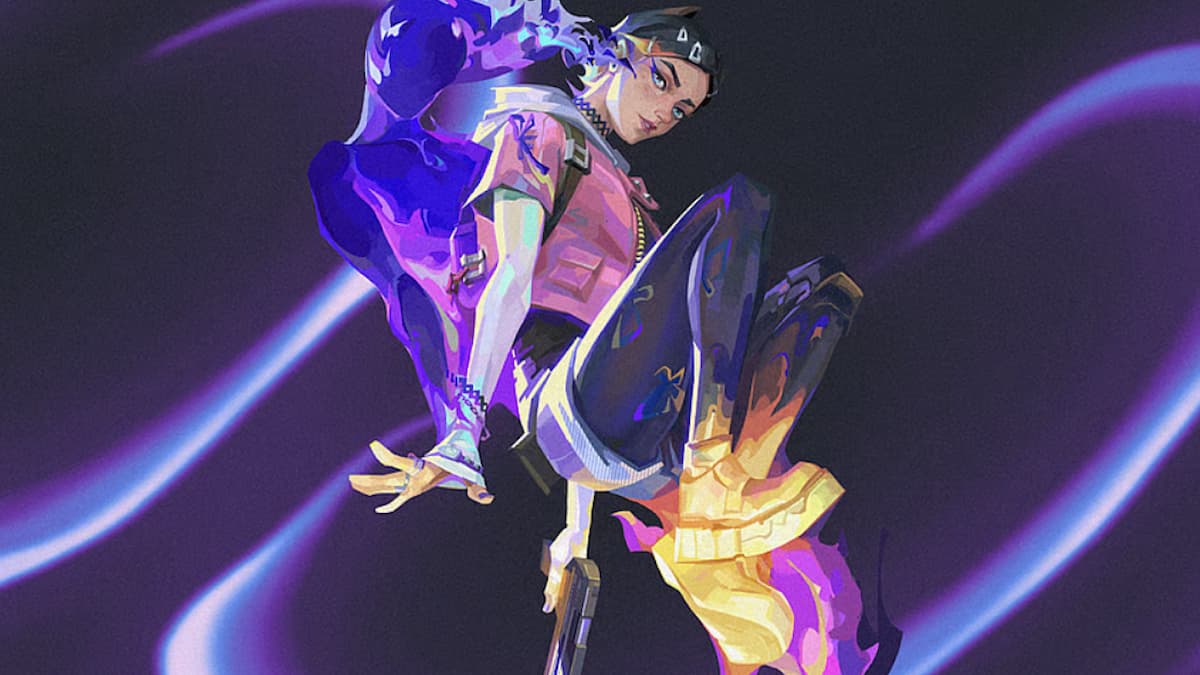
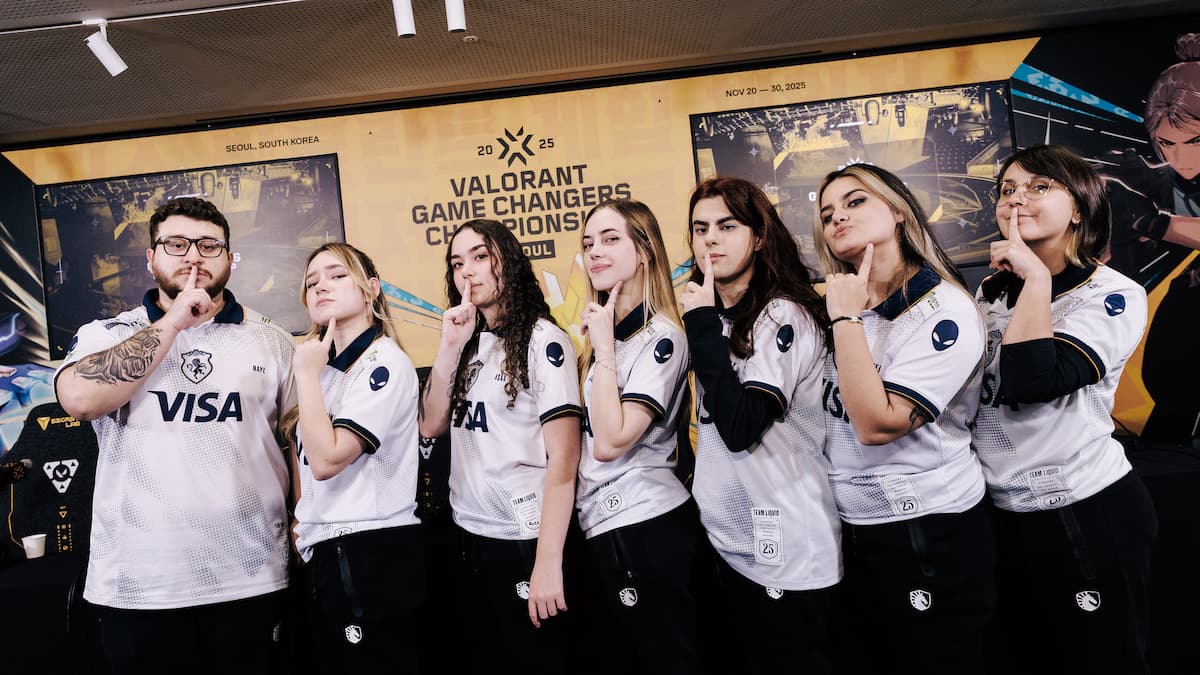
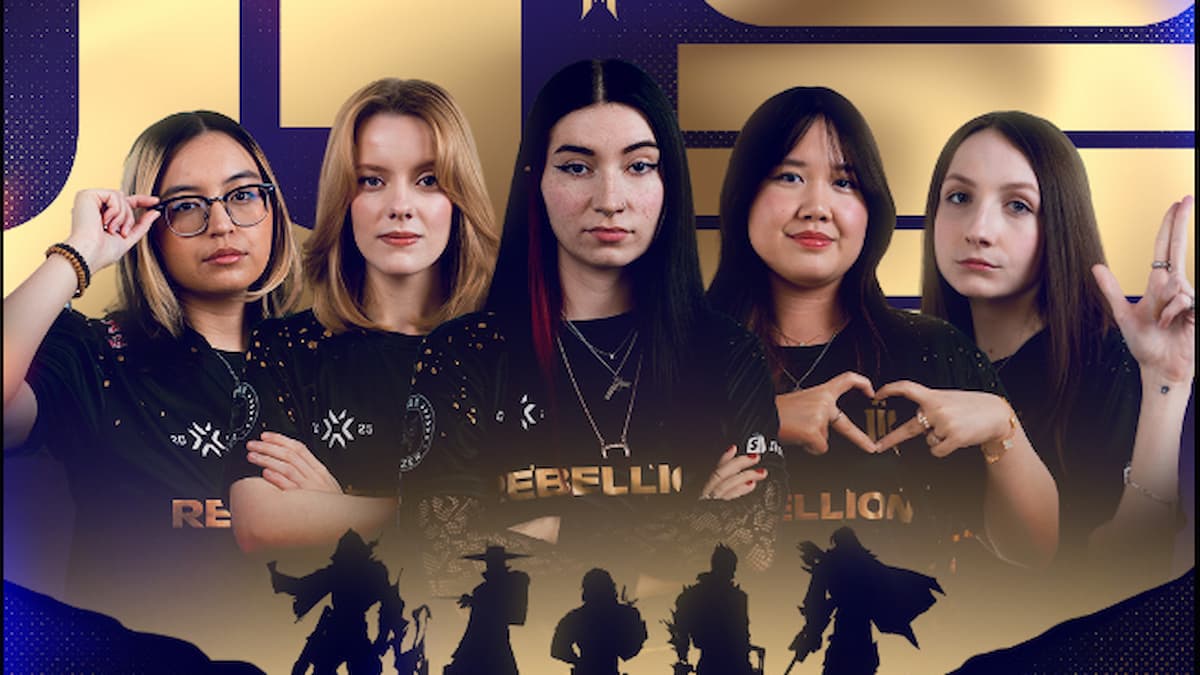

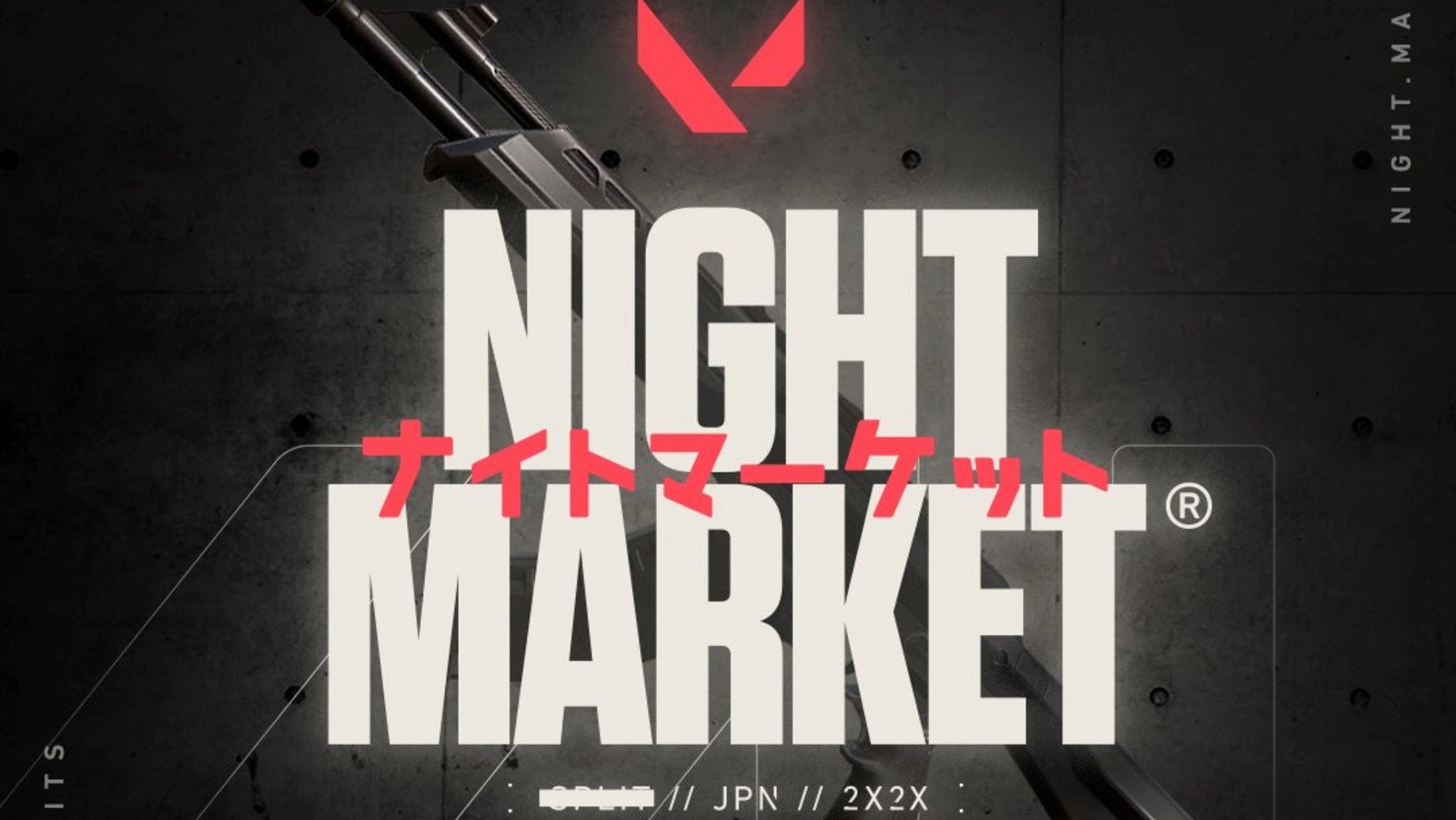
Published: Mar 30, 2020 10:14 am